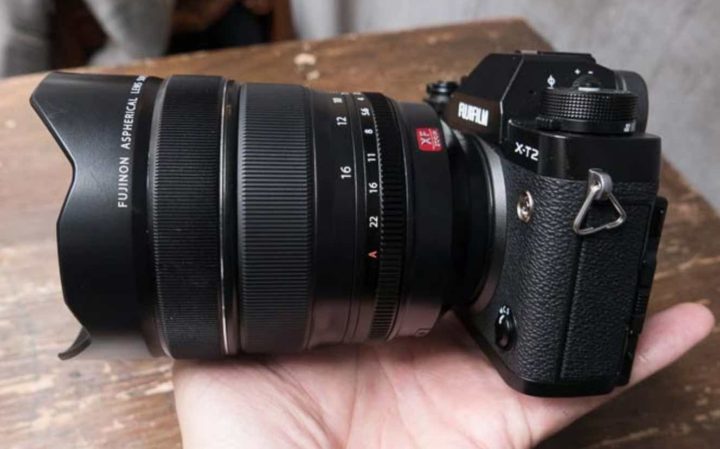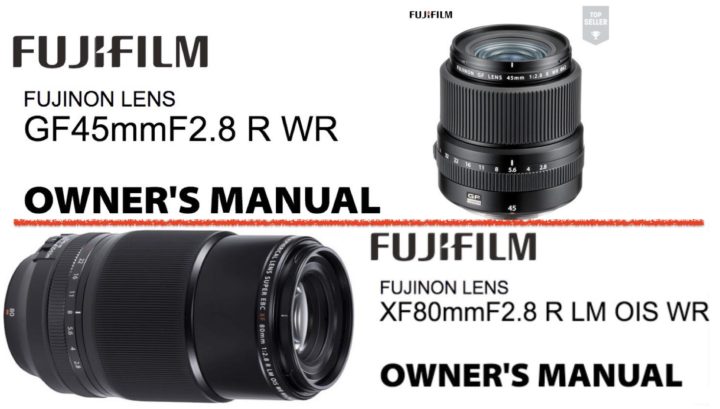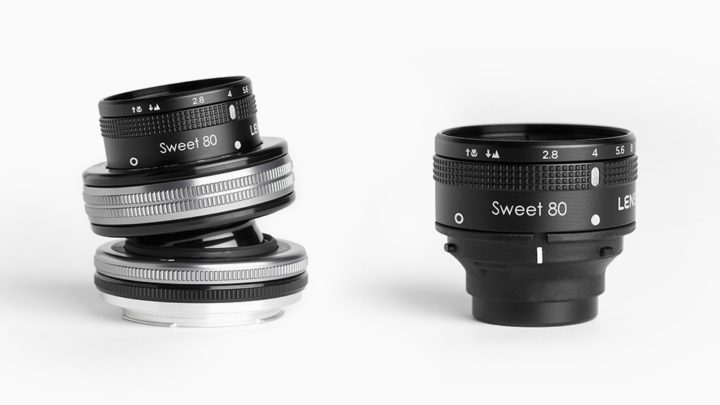Fujifilm X Magazine Issue 22 – I Am a People Person

Fujifilm just released the new edition (22) of their interactive Fujifilm X Magazine.
In this edition, they talk of course of the latest announcements, the Fujifilm X-E3, the XF80mm Macro, the GF45mm and the firmware updates.
There is also an article about HSS, an interesting interview with Nathan Elson, a presentation/test of the GF23 and GF110, a guide on how to shoot tethered with Fujifilm & more.
Again, you can win £1250 if you participate to the competition.
You can check it out online here or download the Free iPhone App here or Free Andoid App.






